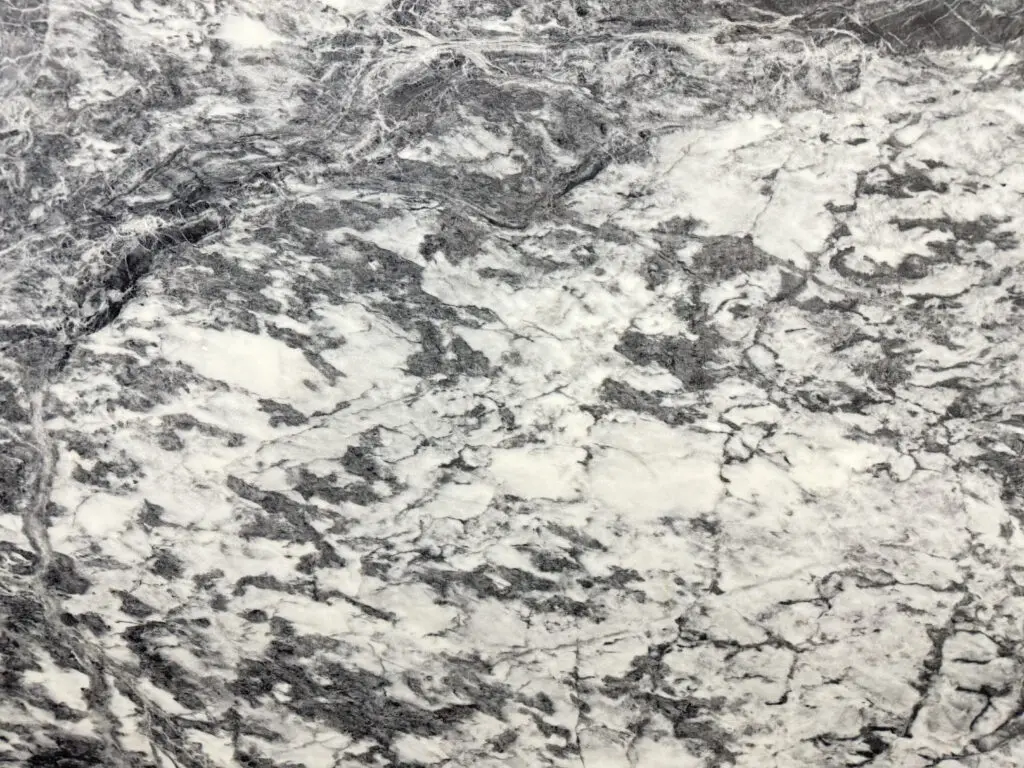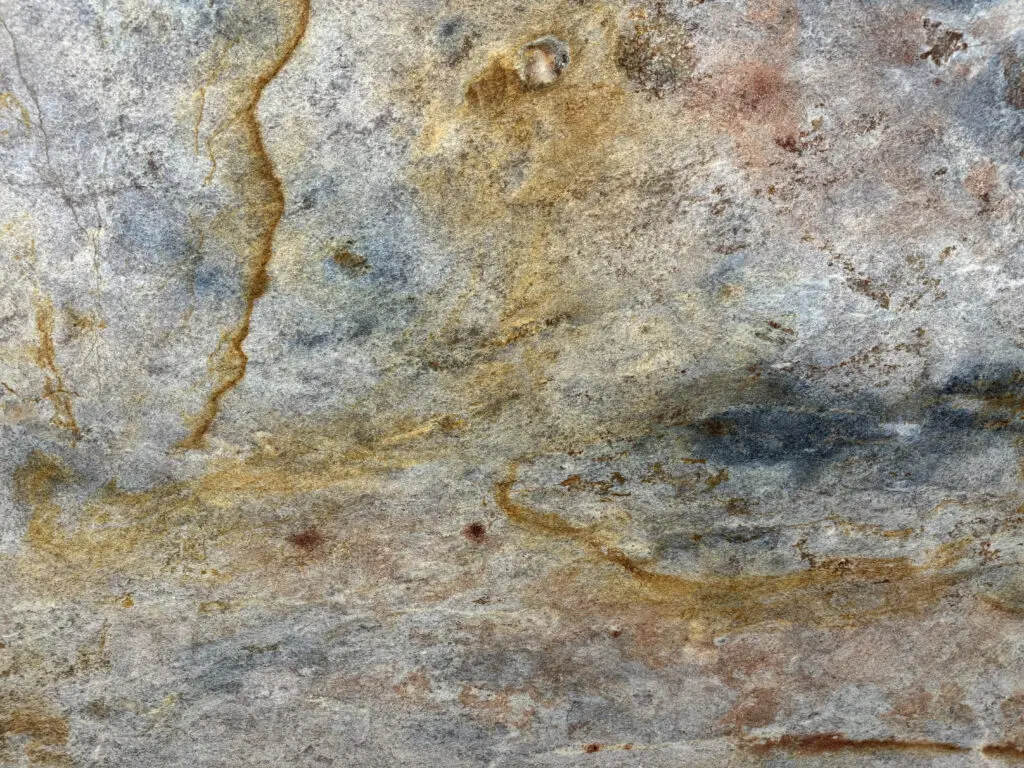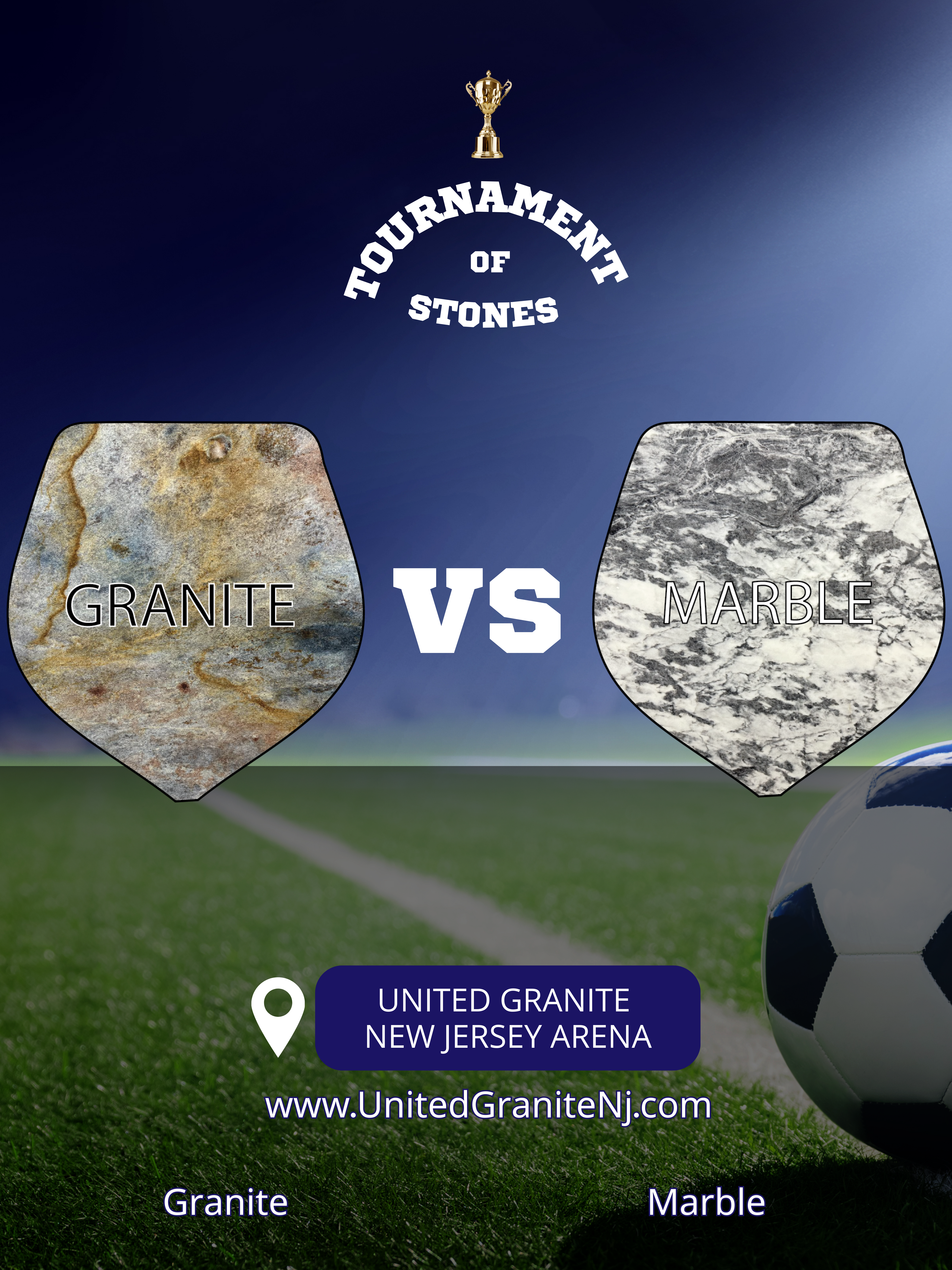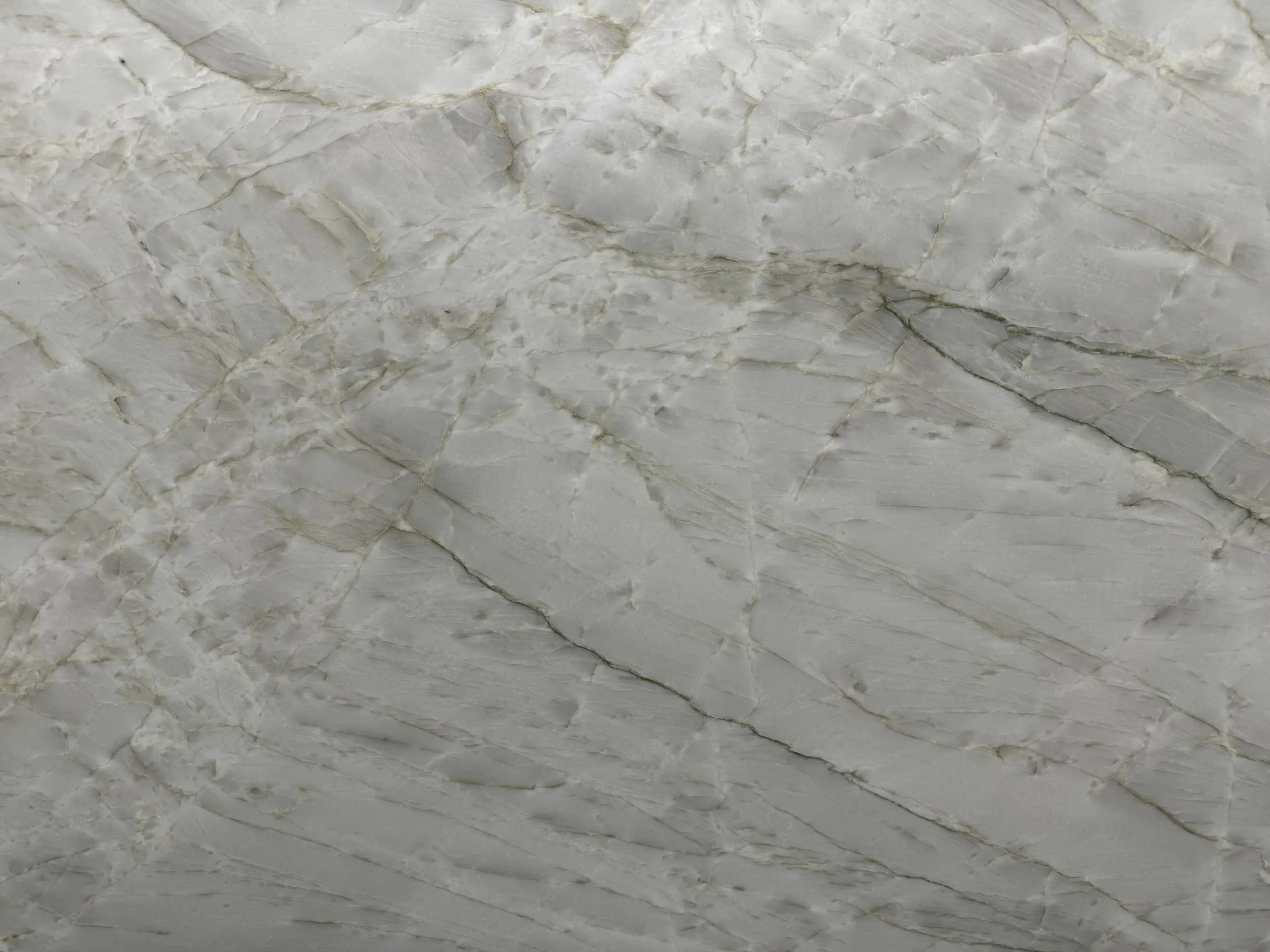When it comes to kitchen and bathroom design, natural stone countertops are a top choice for their durability and aesthetic appeal. Marble and granite are two popular types, known for their strength and elegance. But which one lasts longer? In this article, we’ll dive into the characteristics, durability, maintenance needs, and outdoor suitability of each stone to help you make a long-term investment decision.
1. Marble and Granite: Key Characteristics and Differences
Marble and granite might look similar as natural stones, but they have different structural qualities. Marble is made of calcite minerals and has a natural, elegant veining that gives it a distinct look. This beautiful appearance makes marble desirable, but it does come with some weaknesses.
Granite, on the other hand, is formed from tougher minerals and is one of the most durable stones. Its mineral composition makes it highly resistant to impacts, scratches, and heat, making it a popular choice for kitchen countertops and high-use areas.

2. Marble Stone Stats and Durability
Marble’s natural structure brings some limitations to durability. It’s a porous stone, meaning it absorbs liquids easily and is especially sensitive to acidic substances. If not properly maintained, marble can be prone to scratches and stains.
- Marble Sealing: Regular sealing is essential for marble countertops. This process prevents the surface from absorbing liquids, reducing stain risks. However, if the seal isn’t regularly renewed, marble can become more vulnerable to liquids and staining.
- Outdoor Use: Marble is not the best choice for outdoor use. Direct sunlight can cause its color to fade, while rain and moisture can wear it down over time. If considering marble for an outdoor setting, be mindful of these factors.
3. Granite Stone Stats and Durability
Granite is one of the most durable choices among natural stones. It’s known for its high resistance to pressure, heat, and scratches, making it an excellent long-lasting stone.
- Granite Sealing: Like marble, granite is also porous but absorbs less liquid overall. It’s recommended to seal granite surfaces to protect them from liquids and reduce stain risks. Sealing granite once or twice a year is usually enough to keep it in top shape for the long term.
- Outdoor Use: Unlike marble, granite is very suitable for outdoor spaces. It stands up well to sun, rain, and moisture, making it a fantastic choice for garden tables, barbecue areas, or outdoor countertops.

4. Durability Comparison: Which Stone Lasts Longer?
Marble and granite have significant differences in durability:
- Marble Durability: Marble is visually appealing but not as durable as granite when it comes to scratches and stains. Contact with acidic substances can cause stains, and it requires regular maintenance.
- Granite Durability: Granite is one of the most durable stones on the market. It resists scratches, high heat, and daily wear and tear, making it especially ideal for outdoor use.
Conclusion: For longevity, granite offers a more durable solution and is particularly recommended for high-traffic or outdoor areas.
5. Maintenance Needs: Which is Easier, Marble or Granite?
There are important differences in maintenance between marble and granite:
- Marble Maintenance: Marble needs careful maintenance as it is sensitive to acidic and alkaline substances. Marble countertops need regular polishing and are better suited for areas where they won’t be exposed to a lot of water or stains.
- Granite Maintenance: Granite requires less maintenance than marble. It can be easily cleaned with a damp cloth, and annual sealing keeps it looking great for the long term.
Conclusion: Granite is a more practical choice in terms of maintenance, making it an easier long-term option, especially for outdoor settings.
6. Cost and Value: Which is the Better Investment?
The cost of both stones can vary:
- Marble Costs: Marble often has a higher price tag due to its luxurious look. Both the initial cost and the maintenance expenses can make marble more expensive in the long run.
- Granite Costs: Granite, with its durability and low maintenance needs, can be more economical over time. Although the upfront cost may be high, the lower maintenance expenses make granite a sound investment.
Conclusion: If you’re looking for a durable option that requires less upkeep, granite can be the better long-term investment.
7. Aesthetic and Style Factor: Which is Better for Kitchens and Bathrooms?
Marble and granite bring different looks and feel to spaces:
- Marble Aesthetics: Marble’s elegant veining creates a classic and luxurious look, perfect for creating a sophisticated atmosphere.
- Granite Aesthetics: Granite offers a more modern appearance and comes in a wide range of colors, allowing for more creative freedom in design.
Conclusion: If you prefer a classic look, marble is ideal. For a modern and strong look, granite is the way to go.
Final Verdict: Marble or Granite?
In summary, choosing between marble and granite depends on several factors like durability, maintenance, cost, aesthetics, and suitability for outdoor use. For outdoor settings or high-use areas, granite is the wiser choice due to its durability. However, if you’re seeking an elegant look for indoor areas, marble can be a beautiful option.
Whichever stone you choose, United Granite is here to bring lasting beauty to your kitchen and bathroom with high-quality natural stone solutions. Visit our New Jersey locations in Parsippany and Hillsborough to explore our marble and granite countertop options and get expert advice.


